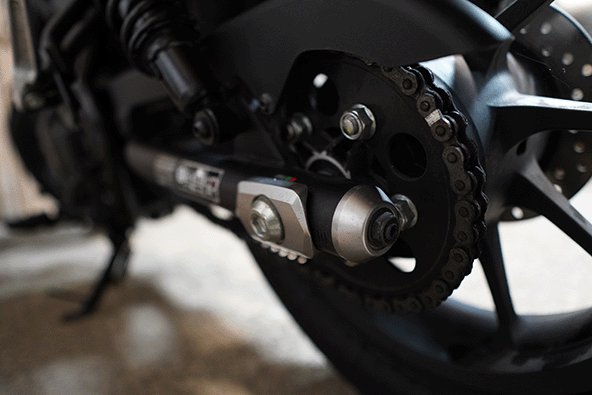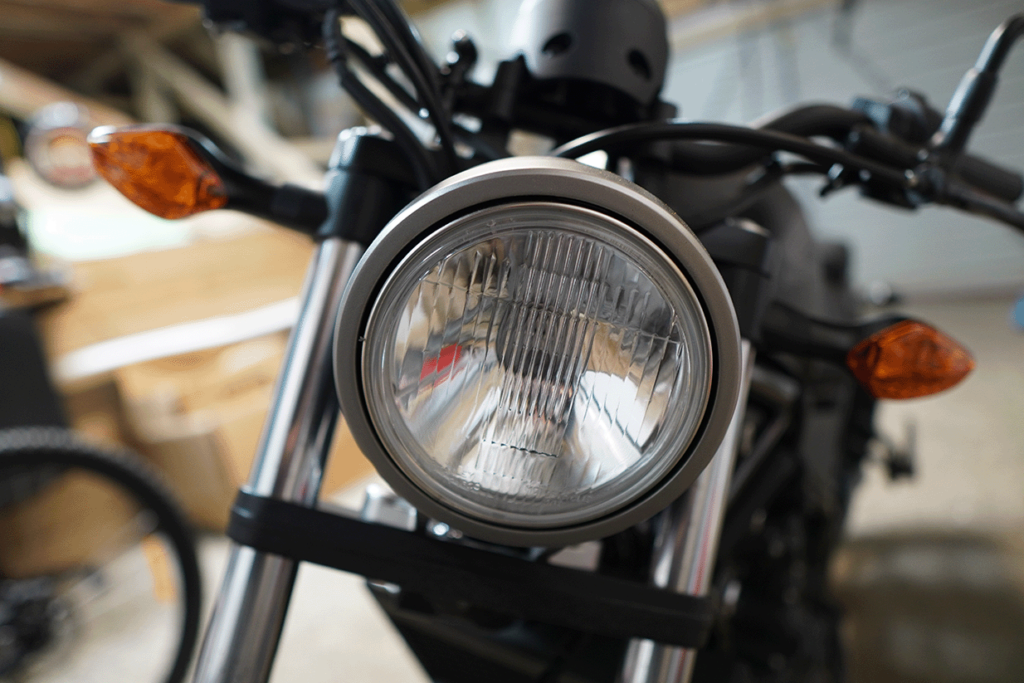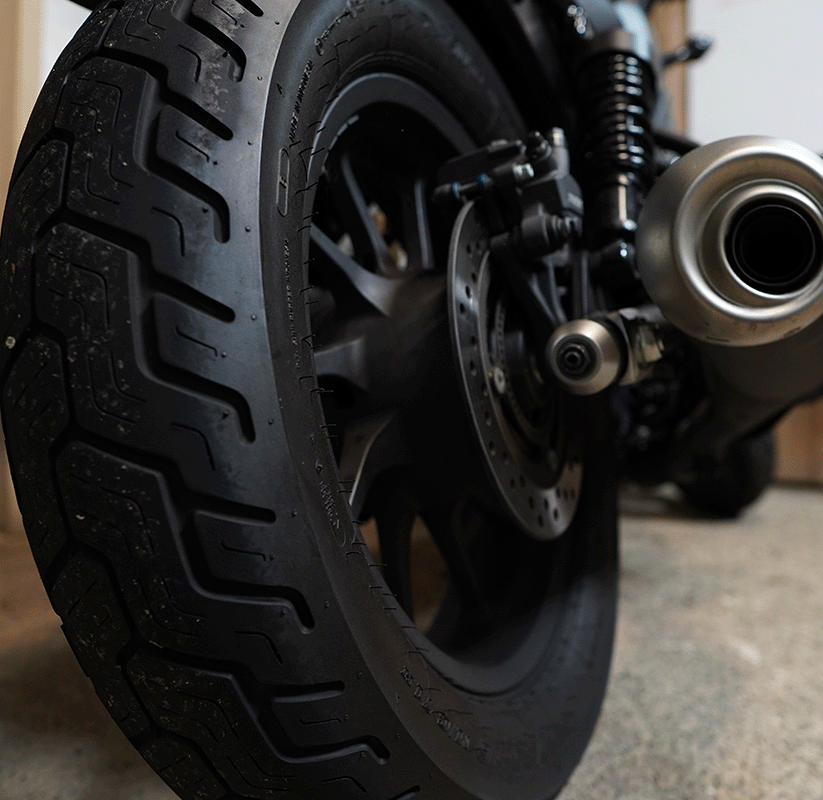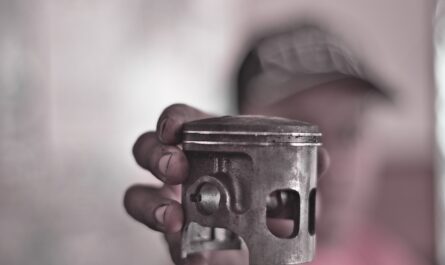Whether you are a pro or a newbie when it comes to motorcycle riding, there is important information that you need to know to drive safely.
This information is basic and is expected from everyone to learn. If you are new in this field, this is the best article you can read to start with. On the other hand, if you’re a pro, this article will help you refresh some learning.
Here is the motorcycle basic you can read for motorcycle familiarization.
T-CLOCS Inspection: What is it?
Before going on a long ride, you must ensure that your motorcycle is in good condition. This will help you avoid any accidents that could have been prevented.
T-CLOCS inspection is an inspection every rider does before riding their motorcycle. In short, it’s a pre-ride inspection. Even if you’re too excited to ride, never start your engine without performing this inspection.
What you do in here is check every motorcycle’s basic parts to ensure they are in good condition. This T-CLOCS inspection was made in a checklist form by the Motorcycle Safety Foundation for riders to be guided in any possible mechanical hazards.
For motorcycle familiarization, T-CLOCS is an abbreviation that stands for the following terms:
- T- tires & wheels
- C – control
- L – lights and electrical
- O- oil & fluids
- C- chassis
- S – side stands
You need to check these motorcycle parts daily before hitting the road.
T-CLOCS Checklist: What to look for in controls and parts?
For tires, wheels, and brakes, you have to look for the condition, pressure, bearing, and seals of these parts. Check if it’s not deflated, has enough air pressure per your tire specifications (e.g.29psi), tire spikes are still there, is not wobbling, bearings are complete and not worn out, no tears and wears, and no objects are embedded.

Ensure that your controls are lubricated and have no broken parts or cracks. The brake pads are strong, the handlebar is straight, the clutch is working, cables are not loose, and throttles are not stuck and moving.
Of course, always check your lights if it’s clean and working. Switch from high to low beams and front and back lights. Also, ensure the electrical components are in good condition to avoid short circuits. The battery should not be rusty and filled with electrolytes; all wires have good insulation.

Oil serves as the blood of the motorcycle. Check if it has enough and if it is clean. Any dirt may cause trouble, especially in the engine, as it is the heart of the motor to keep running. Check if there are enough fluids. Make sure that there are no leaks.
The engine and other parts are connected to the bike’s chassis. If the chassis integrity is not strong, it won’t be able to support it, and the chances of an accident may happen.
With this, check for any rust as it will weaken it. Also, the bike chain should have enough tension so it can adjust depending on the type of road the motorcycle is in.
Lastly, the stand. All bikes contain a side stand, but not all have a center stand. As long as the side stand is ok, then it is good. This stand will support your bike in the park, so it shouldn’t have any cracks as it will need to support its weight.
If, in any case, you find any parts malfunctioning, replace and fix the damaged part immediately before riding it to avoid an accident. And by any chance, all is well when doing the inspection, and all parts have passed the quality based on the checklist; then, you can start driving.
Mounting and Dismounting: Elements of Good Posture in Riding Motorcycle.
Another essential motorcycle basic you need to learn for motorcycle familiarization is the proper way of riding in and riding out on the motorcycle, along with the proper posture.
Below are the basic steps for mounting/dismounting a motorcycle.
1. Approach your motorcycle on the side where your side stand is located.
2. Hold the left-hand grip, including the break.
3. Lean forward and prepare your right feet. Use the handlebars for extra support.
4. Swing your right foot across the seat.
5. Lean back to sit. You can either put your feet on the ground or the peg.
6. Raise the bike and remove the side stand. You must be in a rider position.
7. Turn your engine on, and you’re ready to go.
The steps and dismounting are simple. You have to reverse the steps in mounting a motorcycle.
For motorcycle posture, always have the rider position. Head in front, eyes on the road, knees near the gas tank, and grip the handles properly. Your hands should be bent slightly.
This motorcycle basic is the key to avoiding getting into accidents. This motorcycle familiarization will help you maneuver your motorcycle well and learn the importance of making sure that your motorcycle is in good condition.



One thought on “Motorcycle Basic Operation and Familiarization”